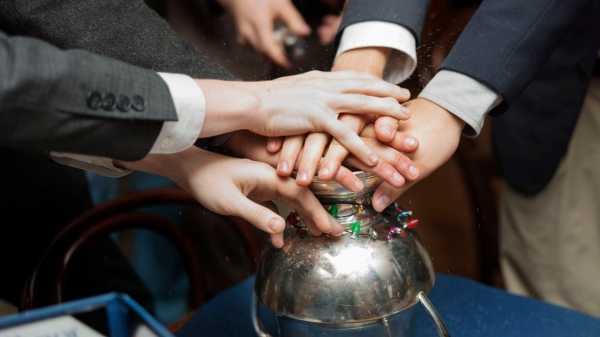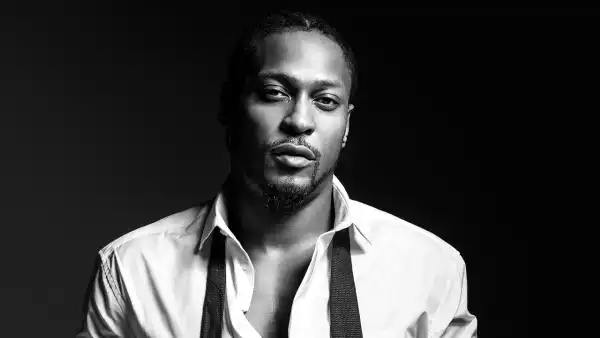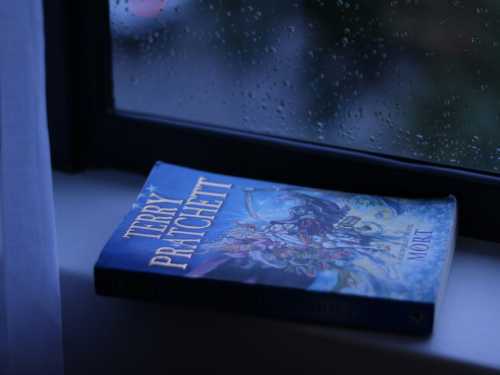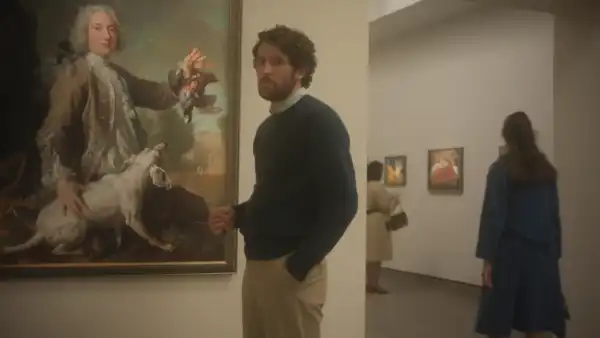
The record of wanton drunkenness among American undergraduates begins with what Harvard calls the Disorders Papers, 1676. A teen-aged student confessed that he’d hosted a day of drinking in his chamber. With two schoolmates, he caroused among a circle of townsfolk. These “young men and mayds” were convicted by the magistrate of “meeting at unseasonable times, and of night walking, and companying together contrary to civility and good nurture, tending to vitiate one another.” The Harvard boys signed their names to their confessions, while most of the others marked with an initial or two.
The record continues, very lamentably, with the reconstructed scenes of Yale in the nineteen-eighties that have dominated the current news cycle. Here we are, amid the muck of Brett (“I Like Beer”) Kavanaugh’s Supreme Court confirmation battle, ambushed into a swinish keg party. A Yale classmate of Kavanaugh’s, Deborah Ramirez, told The New Yorker a revolting story of him accosting her at a freshman party. (Kavanaugh denies the allegation.) In 1985, his junior year, according to a report by the Times, Kavanaugh appears to have instigated a brawl in a New Haven bar, following a UB40 concert. And several more of Kavanaugh’s Yale classmates have characterized the judge as a frequent, aggressive drunk during his undergraduate days. The serious matter of the sexual-assault allegations against Kavanaugh thus exists in the anti-serious contexts of Ivy League rituals of excess. “The Official Preppy Handbook,” with its slang thesaurus for upchucking thin lager, here has the status of a trustworthy reference text. The story is slopping itself on your shoes.
In the United States, college binge drinking is a durable social problem, a convenient object of moral panic, and sometimes quite fun. At some schools, particularly those that are older than the country itself, it is intrinsic to a tradition of entitled chaos-making. Kavanaugh epitomizes a certain sort of bad drunk bred in a drinking culture of ruling-class unruliness.
At its best, this boozy style of disobedient social life has given shape and impetus to legitimate demonstration; every college old enough to have had a campus in the early nineteenth century hosted at least one “Great Rebellion” against restrictive policies. At second best, it animated excellent parties. An acme of the genre is the Holder Hall milk-punch party of 1951, which was superbly described by John McPhee in his work on the art historian and museum executive Thomas Hoving. On the Friday night before first-term exams, Princeton sophomores cozied up by a common-room fireplace, where they indiscriminately mixed liquor with the contents of a ten-gallon dairy jug.
The party went on through Saturday evening, and in the early hours of Sunday morning the fireplace fire was still going. They had put chairs and pillows into it, and several worsted suits. They had, in fact, burned up almost everything in the room except the player piano. Someone went out and came back with an axe.
This milk-punch affair had ecstasy and ingenuity and brazen absurdity going for it. Still, its extravagant carelessness reflects an essential problem with this kind of social life: the profligate privilege of it, and the evidence that the legacy of these élite schools includes institutional alcoholism and recreational destruction.
Students have violently rioted against poor food (at Harvard, in 1766), detonated homemade bombs at evening prayers (Harvard, 1832), stabbed their tutors (Yale, 1843), shot firemen after arguments about playing football on the town green (Yale, 1858), provoked a fatal melee with cowboys from a touring Wild West show (Princeton, 1899), and burned the chapel down on the weekend of the big spring dance (Princeton, 1920). The Spring Riot of 1963 was an amazing instance of a failed panty raid resulting in widespread unrest. It began with fifteen hundred Princetonians mobbing Nassau Street, chanting, “We want sex!,” which provoked sympathy riots at schools including Brown, Yale, Harvard, and Georgetown, where, after students set aflame a building scheduled for demolition, a fireman died of a heart attack.
In these ashes, we see the dire extremes of a delirium that produced fabled revelry and mundane wonders of fellowship. Likewise, the evident jackassery of Kavanaugh’s chapter of DKE is the crude counterpart of high-spirited marvels. In such venues, the combativeness of drinking games and the hostility of drunken pranks stumble to the fore. Failing to find beauty in these carnival customs, louts of the old school primarily celebrate their own freedom from consequences. (Or from most consequences, anyway. In 2011, DKE was suspended from Yale’s campus for five years following an initiation rite that required chanting “No means yes, yes means anal.”) It was people of this ilk who ruined Princeton’s Nude Olympics, a gleeful mass-streaking event that was discontinued after 1999, when toxic entitlement occasioned “innumerable acts of egregious sexual harassment.” That calendar year marked, or should have marked, an expiration date; party over, oops, out of time.
The students were not always drunk during the riots of the old days. Some were merely hung over, others perfectly sober, but all were intoxicated by their class prerogatives. The worst unrest at nineteenth-century Yale was perfectly average in its dynamics: one night in the spring of 1854, at a theatre in New Haven, a braying spat between students (in orchestra seats) and firemen (in the gallery) led to a student stabbing a townsman to death, and devolved into an armed standoff that lasted five days. The killer was not indicted.
Sourse: newyorker.com






